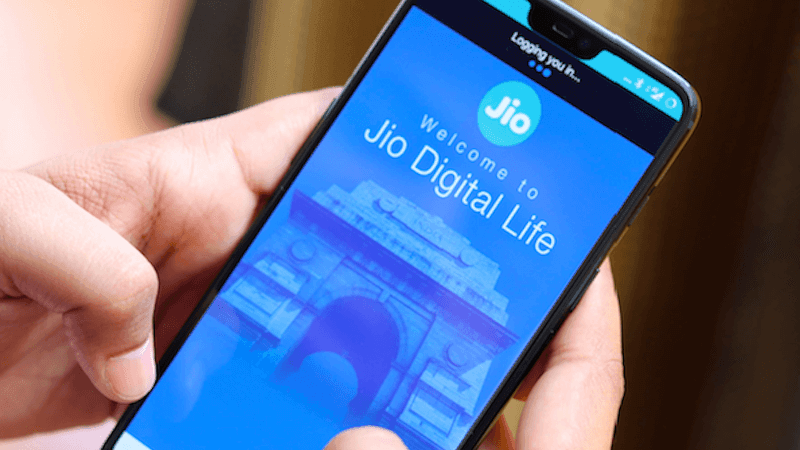However, quarter-on-quarter, AGR growth for Jio this time was lower than the 14.6% rise it had experienced in the December quarter. The government’s share of licence and other fees is determined on the basis of the AGR from access services. Overall, access services contributed over 72% of the total AGR of telecom services, with the balancing flowing in from domestic and international long distances services. According to Trai’s report, titled ‘Indian Telecom Services Performance Indicator’, measuring telecom performance for March quarter, the number of telephone subscribers in the country declined to 1,183.5 million at the end of March 19, a decline of 1.20% over December quarter, and 1.88% when seen year-on-year. The overall teledensity in India declined from 91.45 as on December 2018 to 90.11 as on March 2019, it said. The monthly average revenue per user (ARPU) for wireless service improved by 1.80% to Rs 71.39 in the quarter ended March this year, against Rs 70.13 in the quarter ended December 2018. Prepaid ARPU per month increased to Rs 63 in quarter ended March 19 (Rs 60 in quarter ended December 2018) but, notably, the postpaid ARPU per month saw a substantial decline to Rs 261 from Rs 296 during the same period. The gross revenue (GR) and adjusted gross revenue (AGR) of the telecom service sector for the March 2019 quarter stood at Rs 58,414 crore and Rs 35,932 crore, respectively. “GR declined by 0.98% and AGR declined by 0.34% in the quarter ended March 2019 as compared to the previous quarter,” it said. Compared to the year-ago period, the GR and AGR this time was lower by 6.08% and 0.66% respectively. The licence fee declined marginally to Rs 2,888 crore in the March quarter, from Rs 2,890 crore in the December quarter.
